Temperatures outside often begin to drop below zero, and with that comes the question of how to ensure that their devices are not harmed in the cold. As hardy as your smartphone may seem to you, freezing temperatures are actually not good for it, so in today's article we're going to tell you how to take care of it in winter.
You could be interested in
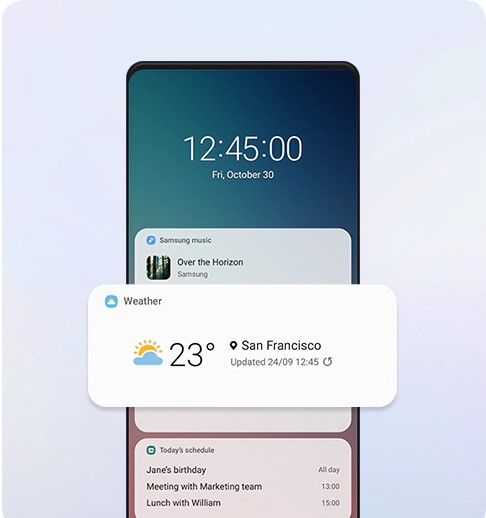
Beware of humidity
Your smartphone can be damaged not only by low temperatures, but also by transitions from winter to heat, when vapor condensation and increased moisture concentration can occur, for example. So try to avoid excessive temperature jumps. If you've returned from a really long winter to a really warm environment, first let your phone rest and acclimate - don't charge it, don't turn it on, or work on it. After half an hour, he should already be adapted to the temperature change and nothing should threaten him.
Still warm
If you're in really cold temperatures, try not to use your phone outside as much as possible and don't expose it to the cold unnecessarily. Give it enough warmth - carry it in the inner pockets of a jacket or coat, the inner pocket of trousers, or carefully hidden in a bag or backpack. This will prevent possible damage from low temperatures, especially for older devices. At low temperatures, your smartphone's battery tends to drain faster, and your phone's performance may also deteriorate. If your smartphone stops working due to low temperatures, store it in a warm place - in your pocket or bag. When you get home, give it some time to rest, then you can carefully try to turn it on and connect it to the charger - it should start working again, and so should its battery life.
You could be interested in

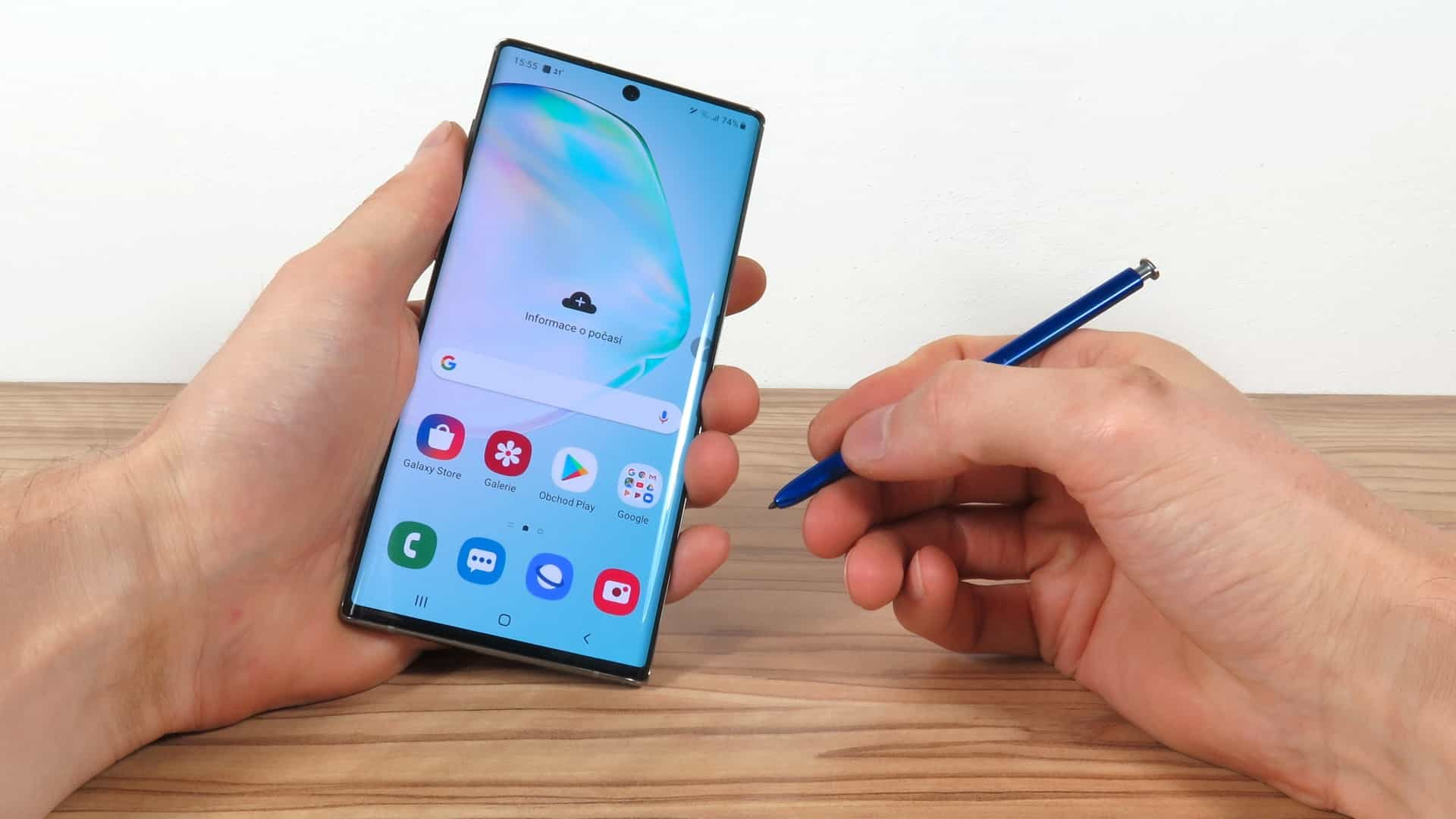
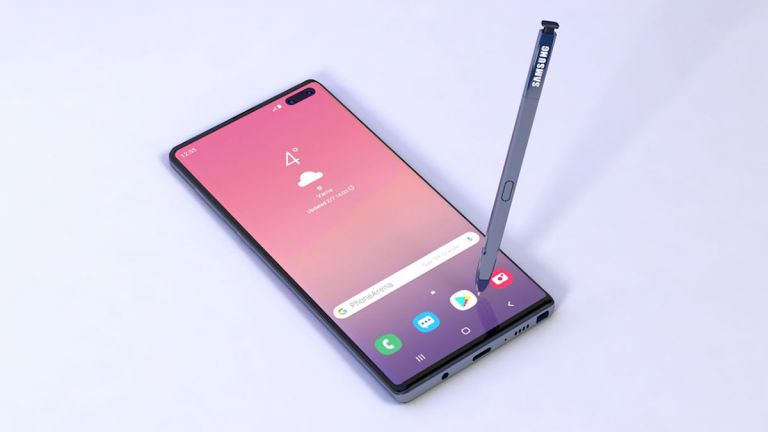
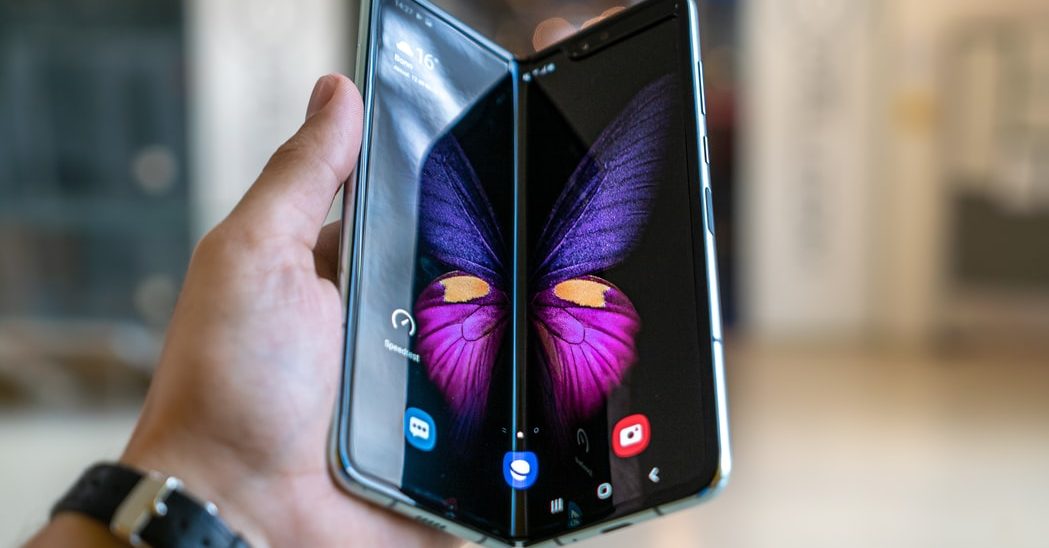

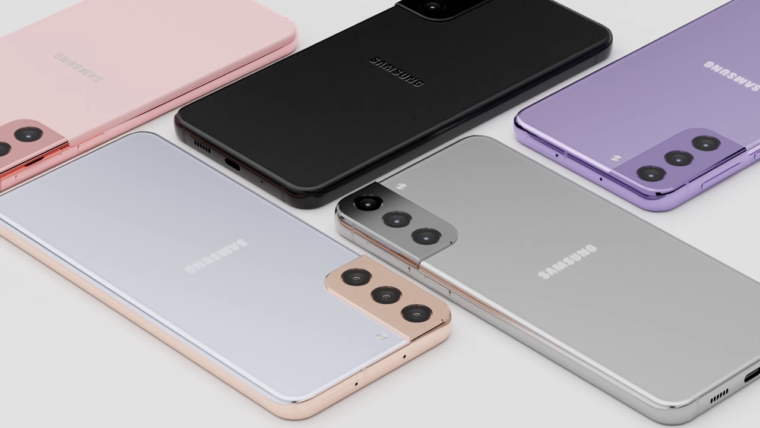

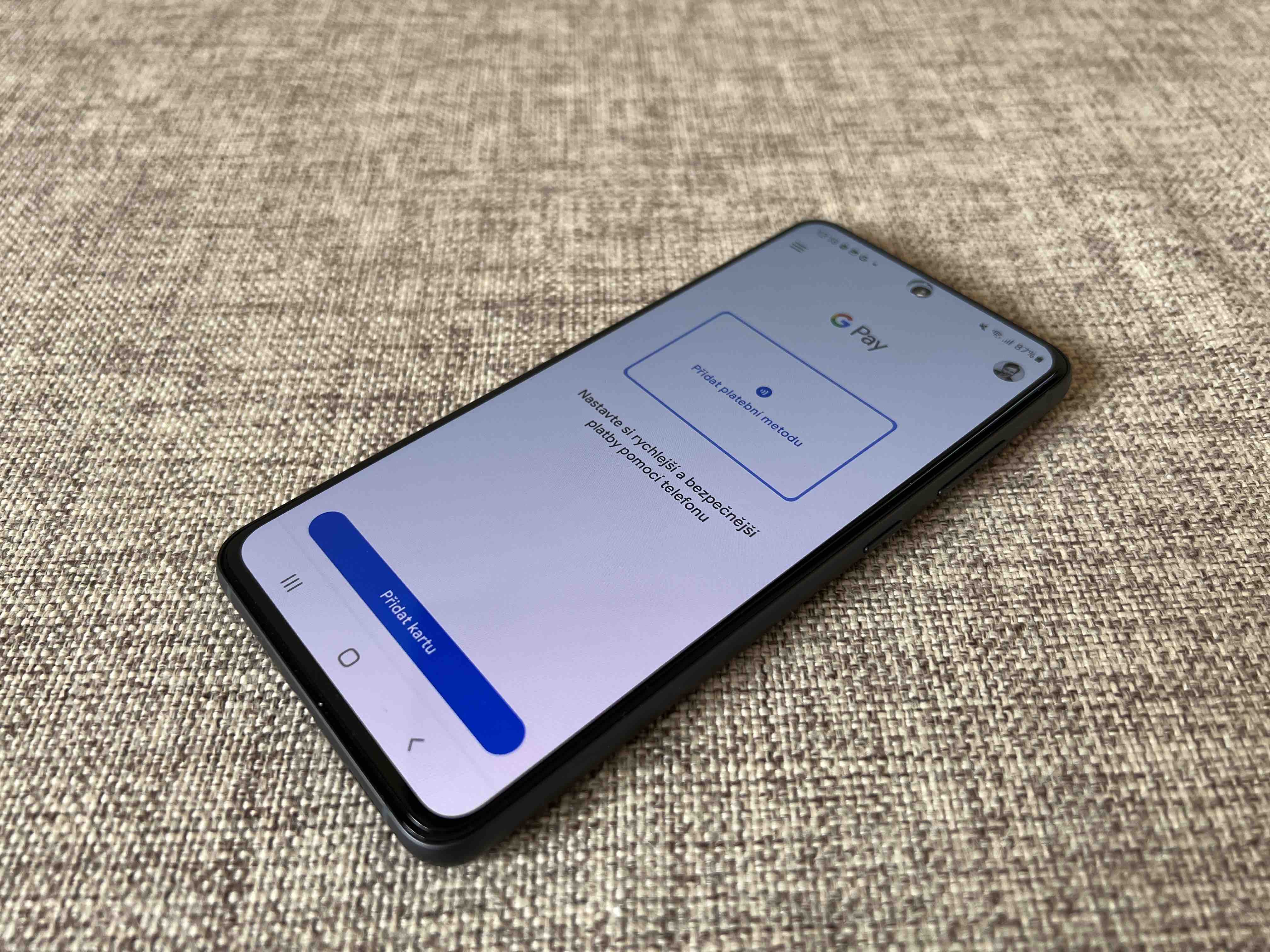
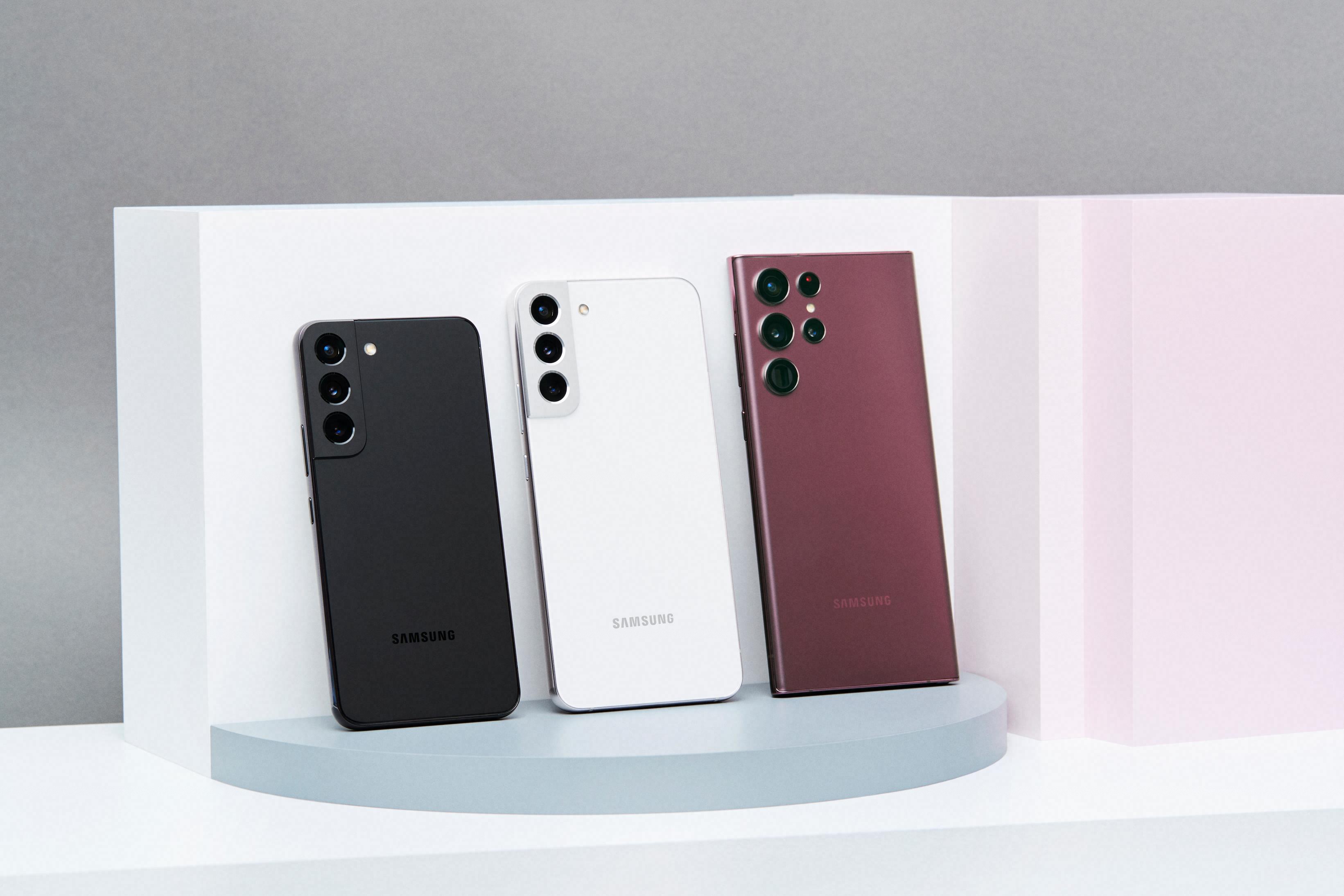

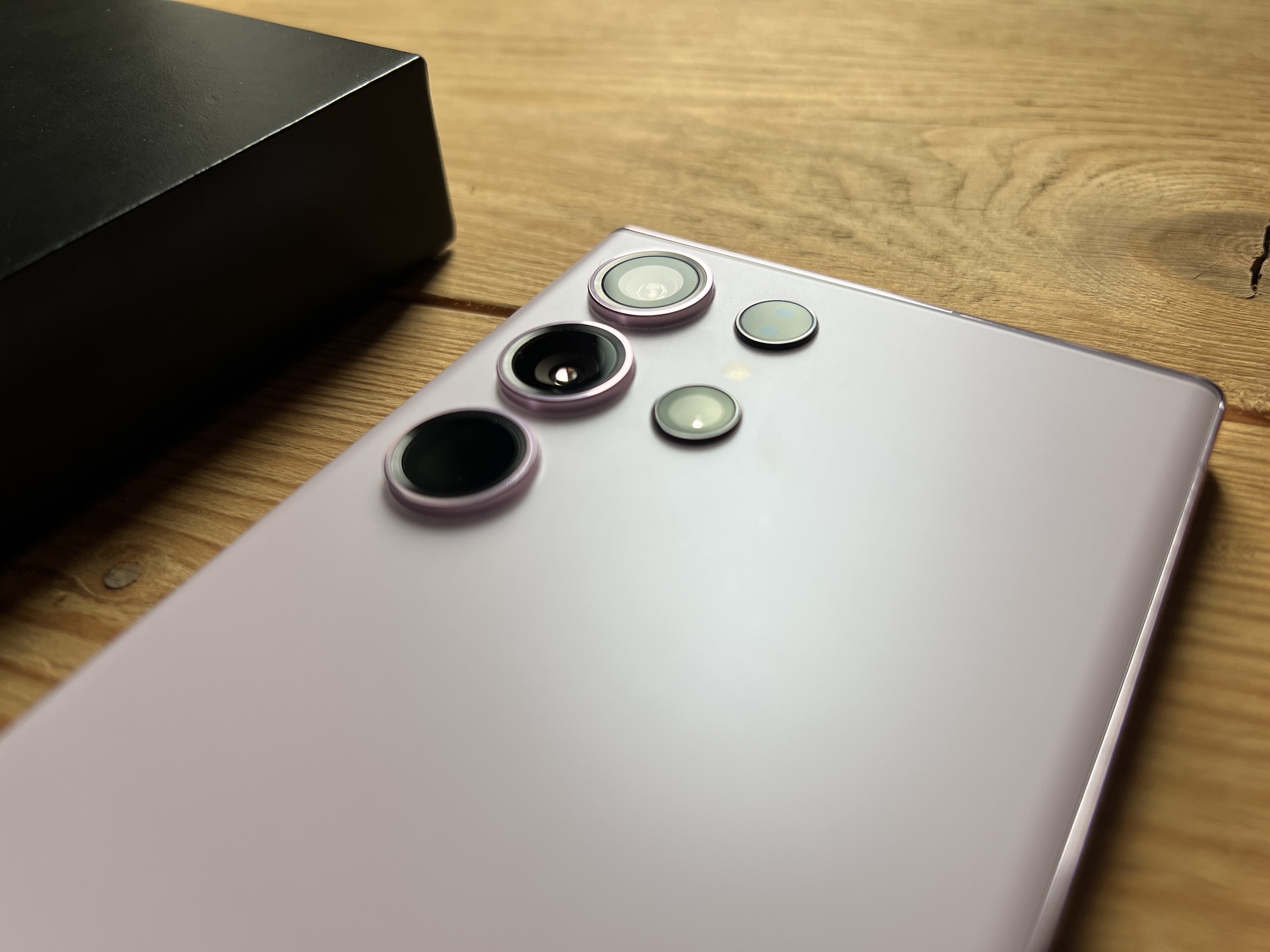
Thanks for the info https://samsungmagazine.eu